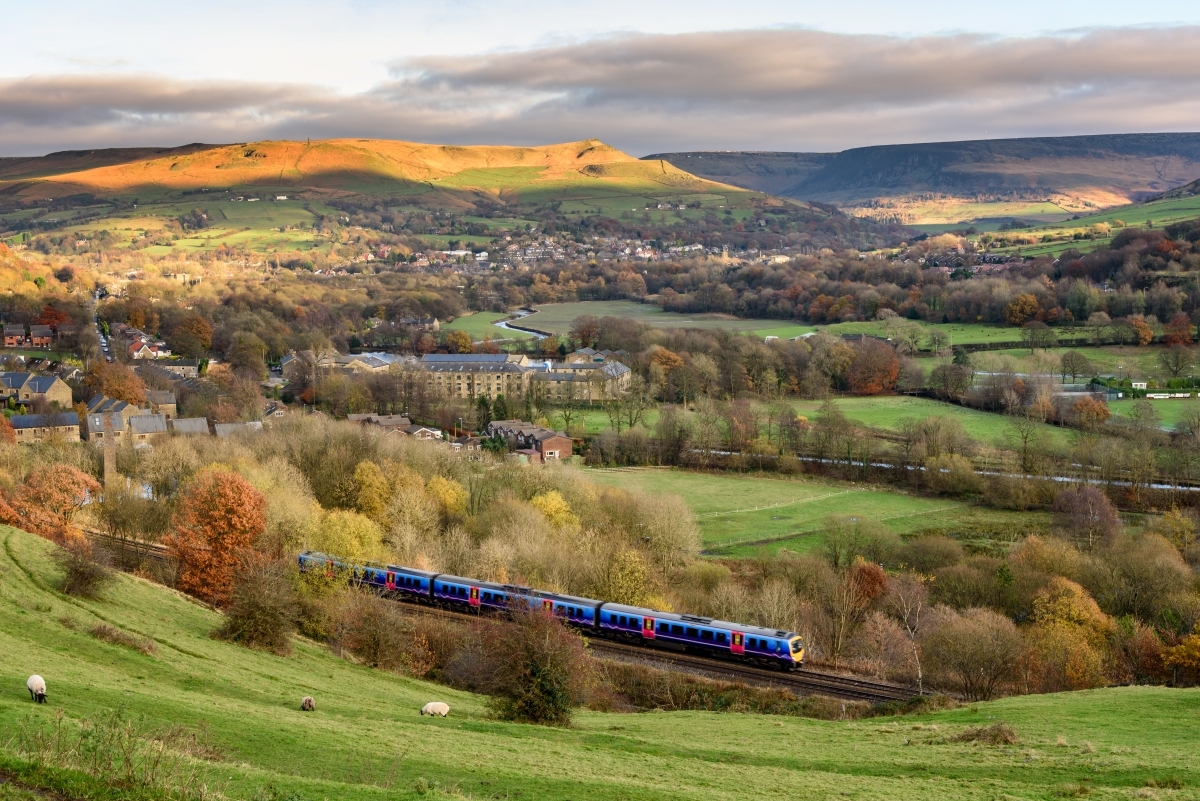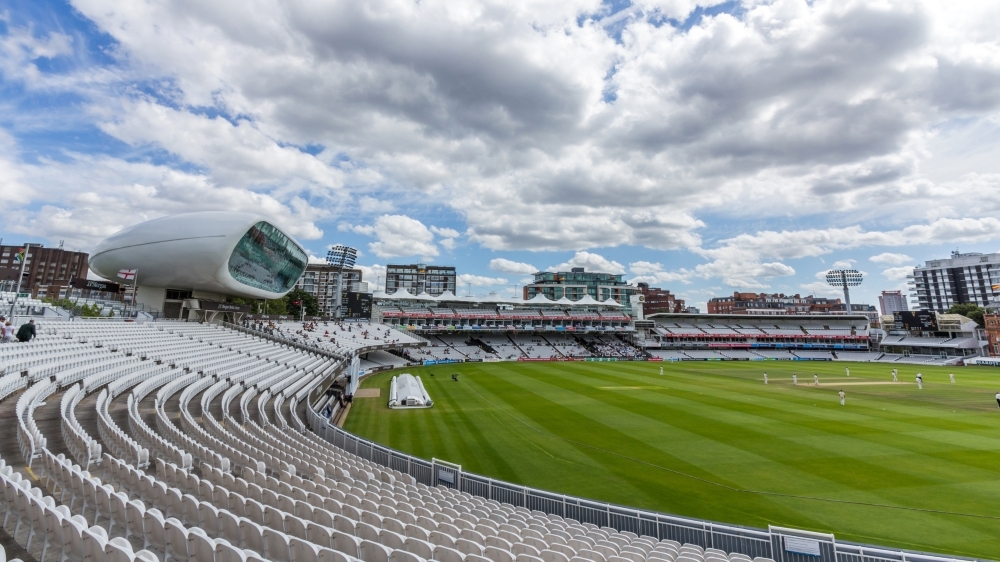Discover Open House Festival London – Re-examining City Architecture
Launched in 1992 by the independent charity, Open City, Open House Festival London has grown into one of the city's most fascinating events. What began as a small-scale initiative to make London’s architectural heritage more accessible has become a rare opportunity to access hundreds of buildings that are usually closed or restricted to the public.
What makes the festival distinctive is not just its unrestricted access to some of London’s most iconic buildings, but the emphasis placed on exploring lesser-known properties too. Grand landmarks share equal billing with modest or experimental projects. Festival volunteers, architects, and even building residents are often on hand to share the stories behind the spaces. This combination of access and exploration transforms the experience from mere sightseeing into an all-consuming deep dive into London’s architectural history and design diversity.

What is Open House Festival?
Taking place each September, the festival allows Londoners and visitors alike the chance to explore everything from private homes and historic landmarks to some of the city’s newest builds and hidden civic infrastructure. Created under the ethos that great architecture should be open to all, not hidden behind private gates or corporate facades, the result is a citywide celebration that draws thousands eager to explore the capital’s differing architecture in all its glory.
The breadth of the programme is near limitless. In a single weekend, visitors may ascend the gleaming steel staircase of the Gherkin, step into the rarely accessible Foreign & Commonwealth Office, wander the art deco corridors of Senate House, or admire the elegant Victorian detailing of private Kensington townhouses. Lesser-known gems also feature heavily on the program, from post-war social housing schemes to experimental eco-builds in Hackney, with even working power stations and sewer treatment sites opening their doors to the public.
Discover Layers of London’s Historical Architecture
From medieval churches tucked away in City courtyards to Georgian townhouses in Bloomsbury, the festival peels back the centuries to reveal the capital’s evolving urban fabric. Sites such as the Charterhouse in Smithfield, a former monastery turned almshouse, or the grand Banking Hall in the Square Mile, showcase the craftsmanship and ambition of past eras. Meanwhile, secret World War II bunkers and Cold War government offices expose the more shadowy chapters of the city’s story, and how building culture was influenced by shifting global landscapes.
These glimpses into the often private and more inaccessible spaces of the city stir the imagination, offering festival-goers the rare pleasure of standing in rooms where decisions that shaped British history were once made, many of which remain in use. Visitors might find themselves in the well-preserved courtroom of the Old Bailey one moment and then, next, in a Victorian era pumping station still essential to London’s water supply. This dual sense of preservation and practicality gives the festival a unique energy, where past and present London are in constant dialogue with each other, opening the perspective of visitors to the sheer scale and practical challenges that come with ensuring a city of this size continues to run. It is not uncommon to meet residents of listed terrace houses, who happily explain the challenges of maintaining a Grade II-listed home in modern times, adding further personal and human dimension to the tour.
Celebrating the Present as much as the Past
The festival is a rare chance to explore the often guarded world of commercial and private developments, with architects and engineers frequently on site to explain the design principles and technologies behind their projects. Open House gives privileged access to some of London’s most striking modern landmarks, with attendees finding themselves inside the shimmering steel curves of Foster + Partners’ Bloomberg HQ, or the ultra-modern interiors of The Scalpel in the City. Residential schemes like the Stirling Prize-winning Accordia development or the experimental low-energy homes of BedZED in Sutton demonstrate how the capital’s architecture continues to push boundaries and innovate.
For those curious about the future shape of London, the festival also hosts special tours of regeneration zones such as King’s Cross, Nine Elms and Stratford. These visits shed light on the planning, sustainability, and social challenges involved in reshaping entire districts. Temporary pavilions and experimental structures, often erected especially for the festival, hint at bold architectural futures for many parts of the city. Open House serves not only as a celebration of the city’s architectural past but as a thoughtful commentary on where London is headed, architecturally, socially, and environmentally.
Behind the Scenes Tours of Critical Infrastructure and Engineering
One of the festival’s most exciting dimensions is its access to the hidden infrastructure that keeps London running. These are spaces rarely seen, even by lifelong residents, with examples such as the labyrinthine service tunnels beneath Charing Cross Station, the brilliantly complex Crossrail (Elizabeth Line) engineering hubs, and even the control rooms that hold back the tides of the Thames Barrier. These behind-the-scenes visits also extend to civic buildings and emergency services.
Participants may walk through London Fire Brigade stations, listen to talks by Transport for London planners, or explore the lesser-known wings of hospitals and law courts. As with every Open House event, volunteers and staff add rich detail and personal insight, deepening visitors’ understanding of these complex environments. Such opportunities perfectly align with Open House’s founding belief that architecture is more than sweeping facades and sleek interiors. It is the working elements of any building that deserve equal attention to the design.
Walking Tours with a Peek Behind Private Doors
Properties normally off-limits to all but the owners and their guests become part of easy viewing during the Open House Festival. These range from historic Georgian and Victorian houses in the likes of Islington, Hampstead and Notting Hill, to bold modern conversions in East London warehouses and minimalist eco-homes in South London. Many of these tours are hosted by the residents themselves, who share the quirks, challenges, and joys of living in such unusual or architecturally significant spaces.
These domestic tours also highlight London’s ever-evolving housing landscape. Attendees can see how architects have reimagined cramped mews houses into light-filled homes, or how Victorian terraces have been transformed with glass-box extensions and sustainable retrofitting. Beyond building access, Open House Festival offers an expansive programme of guided walks that explore everything from Brutalist estates to the evolution of London’s green spaces, led by architectural historians, planners and local experts. Walking Tours through areas like the Barbican, Whitechapel, or Fitzrovia, provide fresh perspectives on neighbourhoods many Londoners think they know, revealing hidden features and forgotten histories.
Talks held at venues such as the Royal Institute of British Architects or the Design Museum dive into topics like sustainable urbanism, the future of the skyline, and the housing crisis. Themes such as climate change adaptation, social equity in design and the role of public spaces are recurrent, reminding visitors that architecture is not merely about aesthetics but also about community, function, and future resilience. The mix of hands-on exploration and thoughtful debate gives Open House a distinctive depth rarely found in modern festivals, reinforcing its role as both a celebration of London as a city and its function as a critical talking point about its future.



